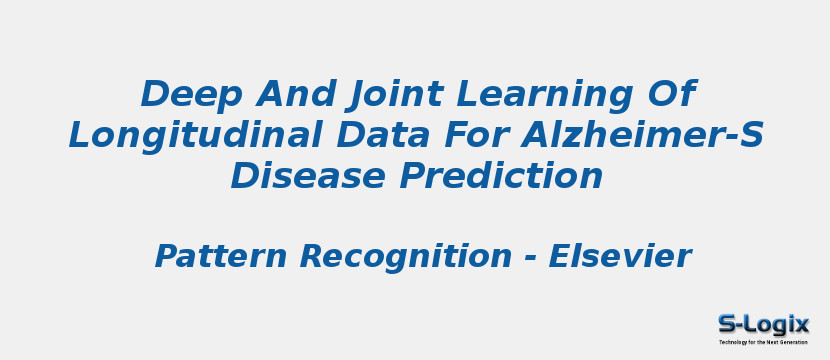Research Area: Machine Learning
Alzheimer-s disease (AD) is an irreversible and progressive neurodegenerative disease. The close AD monitoring of this disease is essential for the patient treatment plan adjustment. For AD monitoring, clinical score prediction via neuroimaging data is highly desirable since it is able to reveal the disease status, adequately. For this task, most previous studies are focused on a single time point without considering relationship between neuroimaging data (e.g., Magnetic Resonance Imaging (MRI)) and clinical scores at multiple time points. Differing from these studies, we propose to build a framework based on longitudinal multiple time points data to predict clinical scores. Specifically, the proposed framework consists of three parts, feature selection based on correntropy regularized joint learning, feature encoding based on deep polynomial network, and ensemble learning for regression via the support vector regression method. Two scenarios are designed for scores prediction. Namely, scenario 1 uses the baseline data to achieve the longitudinal scores prediction, while scenario 2 utilizes all the previous time points data to obtain the predicted scores at the next time point, which can improve the score prediction-s accuracy. Meanwhile, the missing clinical scores at longitudinal multiple time points are imputated to solve the incompleteness of the data. Extensive experiments on the public database of Alzheimer-s Disease Neuroimaging Initiative (ADNI) demonstrate that our proposed framework can effectively reveal the relationship between clinical score and MRI data and outperforms the state-of-the-art methods in scores prediction.
Keywords:
Author(s) Name: Baiying Lei, Mengya Yang, Peng Yang, Feng Zhou, Wen Hou, Wenbin Zou, Xia Li, Tianfu Wang, Xiaohua Xiao, Shuqiang Wang
Journal name: Pattern Recognition
Conferrence name:
Publisher name: Elsevier
DOI: 10.1016/j.patcog.2020.107247
Volume Information: Volume 102, June 2020, 107247
